Metaverse -which combines physical, augmented and virtual reality-, marks the beginning of a new era for businesses. Ever since it started taking off in mid-2021, brands have begun to think about different ways to adapt their organizations to this new technological frontier. From fashion to travel, companies are trying to figure out a make most of their transition into “Web 3.0”. E-commerce is one of the main areas that is expected to be revolutionized in the process towards the metaverse.
Every day, merchants are looking for ways to bring their products closer to buyers and boost their sales. Removing frictions from the shopping experience doesn’t only bring in new clients but also creates customer loyalty. As technology progresses, new business approaches appear. To survive, brands need to continuously readjust to these changes.
We’re currently in the golden age of online shopping. As the COVID-19 pushed everyone to do their shopping from home, demand for e-commerce increased like never before. Now, as the technology shifts towards the metaverse, shopping will be much more immersive, engaging and seamless.
Phygital –a concept used to define merging physical reality with digital experiences, is predicted to be the future of commerce. Phygital aims to combine the best of the physical and digital world. This way, customers will be able to take advantage of both realities without having to choose one. The cutting-edge technologies paving way for the metaverse will provide online customers with the perks of brick-and-mortar stores that are, for now, missing from e-commerce.
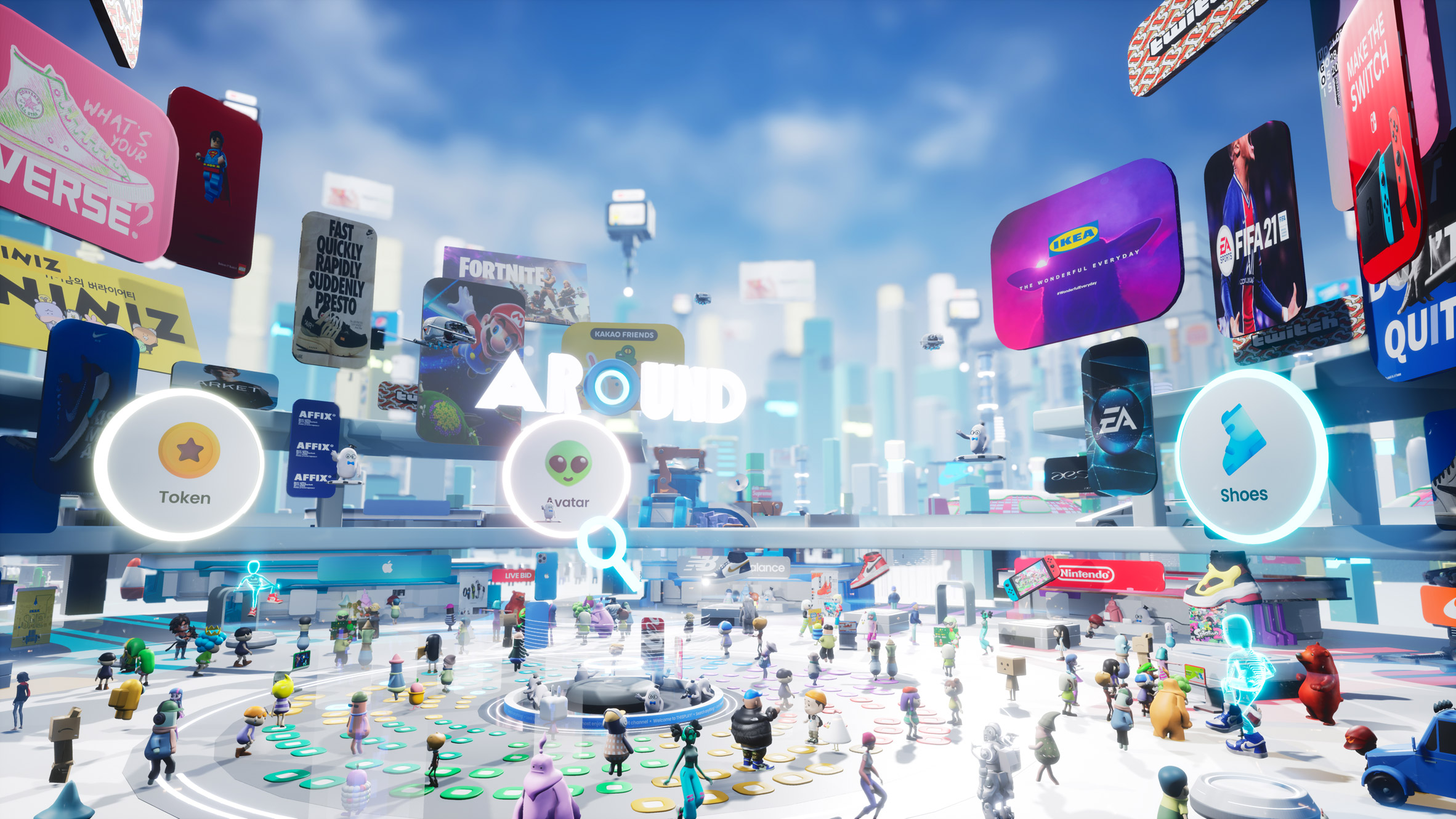
Bridging the Gap between Offline and Online Shopping
The absence of sampling is probably the biggest pitfall of e-commerce. Even though almost every e-commerce platform provides the dimensions and the materials of their products, sampling is still pivotal to shopping. As a result, the return rate is almost 20% higher in online retail compared to traditional shopping. High return rates in online sales do not only create an inconvenience for both the buyer and the seller but also costs a lot of money and time for all parties involved.
The physical sampling -which is missing from online retail for the most part- is slowly transforming into 3D virtual sampling. With the integration of augmented reality (AR) and 3D modeling into online retail, brands can provide their customers with realistic displays of their products. As these technologies advance, they will provide customers with a better chance of understanding the characteristics of products.
In 2020, the British fashion retailer Asos launched an AR feature named “Virtual Catwalk”. This experimental feature was created to help customers visualize 100 Asos Design products during the pandemic. Also, a technology called “See My Fit” was integrated into their website. See My Fit served customers by showing how products fit realistically on different body types. Thanks to these inventions, more and more customers will be able to try clothing on or see how a piece of furniture looks in their house when shopping online.
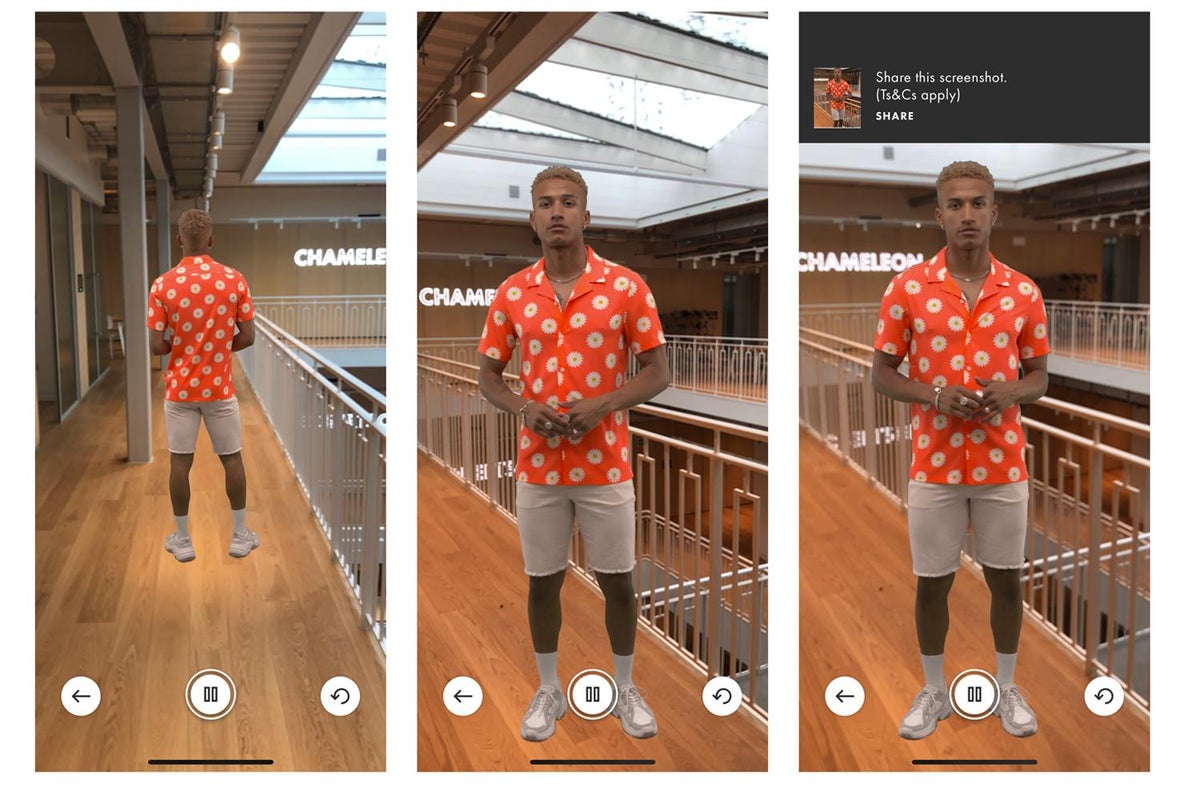
Building Virtual Stores in the Metaverse Platforms
As metaverse platforms are becoming more and more popular, brands are testing out these new realms by building virtual stores, pop-ups and showrooms. These are digitally constructed spaces that people can go in and walk around just like they do in the physical world. In these platforms, the users can enjoy shopping in stores and interact with others as they do in real life.
Most people appreciate shopping a lot more when it’s done with their loved ones. As a matter of fact, according to The New York Daily News, 64% of adults spend more money when they’re shopping with friends. Virtual stores don’t only provide the customers with an immersive shopping experience but they also make it possible for them to interact with their friends while doing so.
Remember the golden age of shopping centers. These weren’t only convenient for retail but they were also great meeting spots for people to go and hang out with their friends. Thanks to the metaverse, we will be able to bring this tradition back to life.
Luxury fashion brands Gucci and Balenciaga, and automotive companies such as Mercedes Benz have already started building their online stores on various metaverse platforms. Some of them sell virtual goods meanwhile some of them combine virtual and augmented realities to sell real-life items.

Creating Hyper-Personalized Shopping Experiences
Both the millennials and Gen Z are known for seeking highly personalized shopping experiences. In traditional e-commerce, personalization can only go as far as product recommendations and discounts. With the advancement of metaverse, product discovery and personalization will massively accelerate. Online brands will be able to push the boundaries of their creativity as real items get transferred into virtual spaces. Moreover, the customers will be involved in the creative process as well. The technology used in the metaverse will also help potential customers to find the exact product they are looking for without spending hours searching for it.
A great example of how brands can use the metaverse to create personalized experiences was Nike’s recent launch of NIKELAND on Roblox. By creating an interactive space where people could participate in games and even create their own by using the toolkit, the sportswear brand provided its customers a brand new, immersive experience. Players were also able to outfit their avatars with special Nike products, which shows that there are many different ways brands can advertise their products in the metaverse.
Giving the customers a narrative power by using virtual reality (VR), AR and mixed reality (MR) formats is a great way to enhance personalized marketing and to boost brand-customer interactions. Technologies that are fueling the metaverse will provide brands with new channels to engage with their clients.
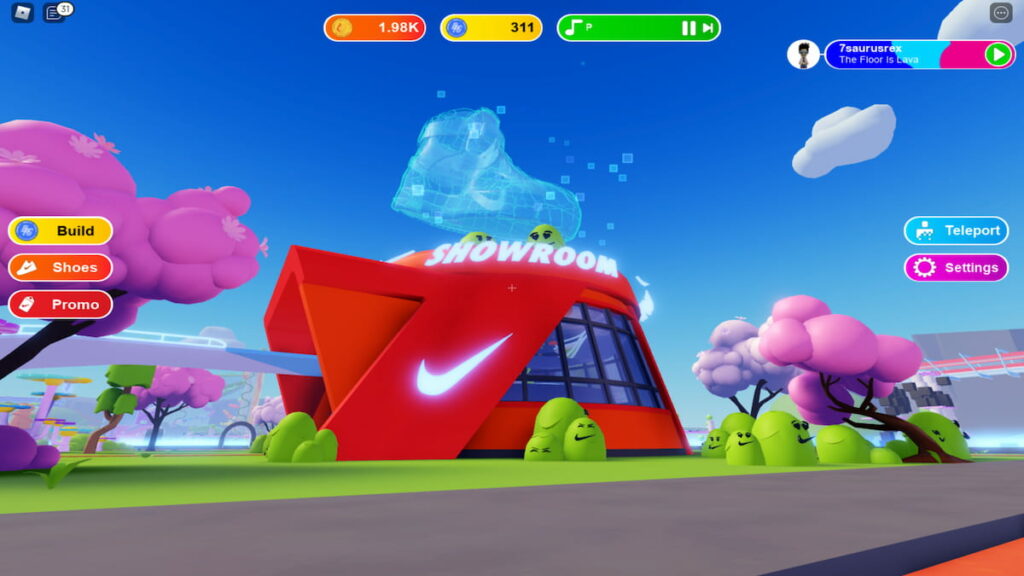
Building Engaging Brand Communities
Community building is one of the key pillars of e-commerce. It allows customers to engage with each other and the brand itself through strategies like customer reviews, social media interactions and forums. On top of all of these, metaverse provides brands with an opportunity to host events that their clients can participate in. These include live concerts, games, competitions and virtual parties. Moreover, by using non-fungible tokens (NFTs) brands will also be able to bring a new dimension to the shopping experience.
Already wildly popular features of the metaverse, NFTs aren’t just unique digital products but they are also used as receipts, an access pass to special events and membership cards for VIP clubs.
The world-famous beverage company, Coca-Cola, released a set of four unique NFTs to celebrate International Friendship Day on July 30. All collectibles came with mystery gifts for the first owner upon purchase. The gifts included a “Coca-Cola Bubble Jacket Wearable” that can be worn in Decentraland as well as historical artworks. Brands can use these types of gifts to reward their most passionate customers and even create new ones.
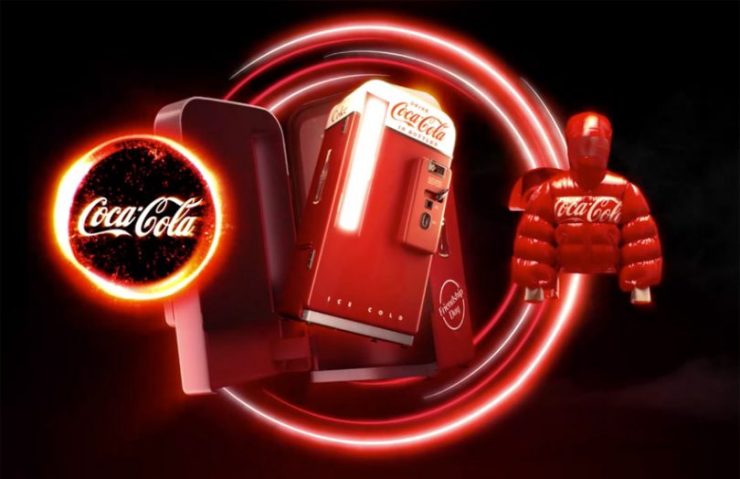
We’re just scratching the surface when it comes to the innovations that the metaverse will provide us with. This is why there are no creative limits to what online retailers can do in this new space. One thing is for sure, e-commerce will transform in the coming years and in more ways than we can predict for now.

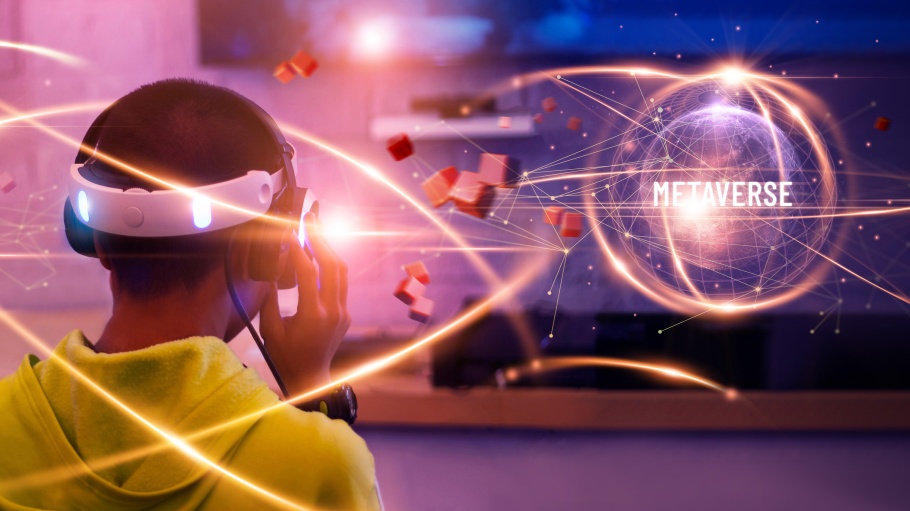
Recent Comments